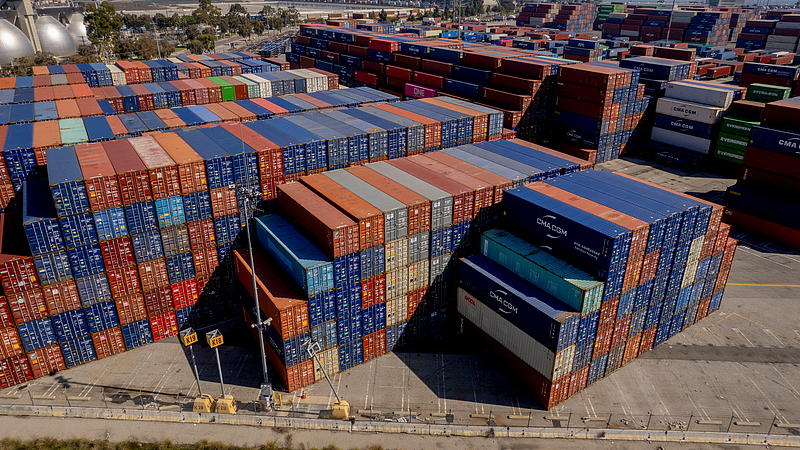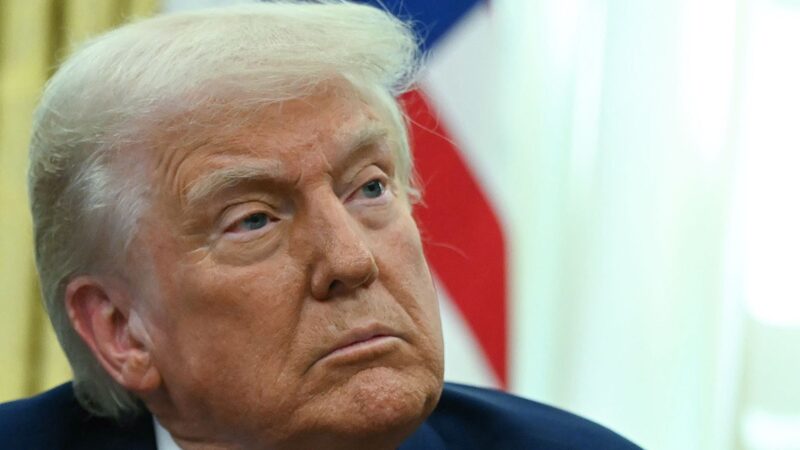Is China's booming manufacturing sector really stealing American jobs? U.S. Treasury Secretary Scott Bessent recently claimed China's global manufacturing share "shouldn't exceed 30%" and blamed job losses on trade with China. But let's break down why experts say these claims don't add up. 🔍
The Numbers Game
Bessent argues that 3.7 million U.S. jobs vanished after China joined the WTO in 2001. But here's the plot twist: U.S. manufacturing output actually grew by $800 billion between 2001-2024! 📈 Automation—not China—reduced factory jobs globally, while creating higher-skilled roles in tech and management. Think robots, not rivals.
Global Trends, Local Policies
From Detroit to Dongguan, manufacturing shifts are universal. China focuses on retraining workers and stabilizing livelihoods during transitions. Meanwhile, critics say the U.S. prioritizes "blame games" over policy fixes. 🛠️
Why Caps Don't Compute
China’s manufacturing strength? It’s built on tech, talent, and supply chains—not quotas. With 5/6 of its production consumed domestically and 60% of exports fueling global supply chains (including America’s), experts call it market-driven success, not overcapacity. 🌐
As Zhang Siyuan, a Beijing-based analyst, puts it: "Equality and mutual respect—not finger-pointing—are the real keys to solving economic challenges." 🤝
Reference(s):
U.S.-imposed economic targets on China not rational or professional
cgtn.com






